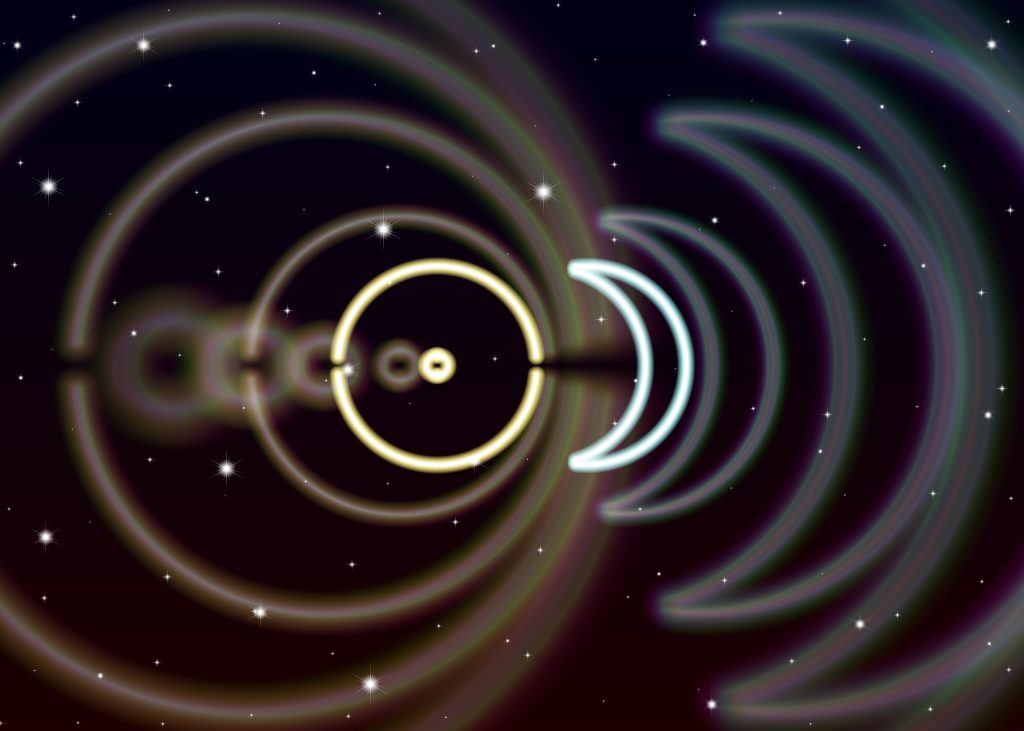Explain The full impact Of a Solar flare, What happens When a Solar Flare Occurs, what is pushed out towards the earth? What is the speed at which the different items move away from the sun.
Answer
Let’s break down what happens during a solar flare with the flair of a cosmic storyteller:
1. The Solar Flare – The Sun’s Temper Tantrum:
A solar flare is essentially the sun having a bit of a tantrum. It’s an explosive release of magnetic energy, and it can happen when magnetic field lines near sunspots get tangled and then snap like rubber bands.
2. What’s Pushed Out Towards Earth:
-
Photons: Initially, what reaches Earth first are photons (light particles). This is the visible light and electromagnetic radiation from the flare, traveling at the speed of light (299,792 km/s or 186,282 miles/s). You can see this as a brightening of the sun if you’re looking (which, by the way, you shouldn’t without proper protection).
-
Plasma and Charged Particles: Following the photons, the flare can eject solar plasma and charged particles. This is part of what’s known as a Coronal Mass Ejection (CME). The speed of these particles can vary significantly:
-
Slow CMEs: Move at speeds of about 20-320 km/s (12-200 miles/s).
-
Fast CMEs: Can reach speeds up to 2,500-3,000 km/s (1,553-1,864 miles/s).
-
-
Proton Flux: As part of the CME, protons can be accelerated to even higher speeds, potentially reaching velocities close to the speed of light in extreme cases.
3. The Full Impact on Earth:
-
Electric and Magnetic Phenomena:
-
Auroras: The charged particles interact with Earth’s magnetic field, creating auroras (Northern/Southern Lights).
-
Geomagnetic Storms: These can disrupt satellite communications, navigation systems, and even power grids if the storm is strong enough.
-
-
Radiation Exposure:
-
High Altitudes: Astronauts and high-altitude flights might experience increased radiation exposure.
-
Electronics: Spacecraft and satellites can be damaged by the radiation, leading to temporary or permanent malfunctions.
-
-
Communication Disruptions:
-
Radio Blackouts: Solar flares can ionize the Earth’s upper atmosphere, leading to absorption of radio waves, particularly in the HF (high frequency) range, causing radio blackouts.
-
-
Navigation:
-
GPS Disruptions: The ionosphere’s disturbance can affect GPS accuracy.
-
-
Power Systems:
-
Induced Currents: Strong geomagnetic storms can induce currents in long conductors like power lines, potentially causing transformers to fail.
-
-
Space Weather Forecasts:
-
Predictive Challenges: While we can predict solar flares with some advance notice, the exact impact on Earth depends on numerous factors like the flare’s intensity, the direction of the CME, and Earth’s magnetic field orientation at the time of impact.
-
In summary, when the sun throws a tantrum in the form of a solar flare, it’s not just a light show; it’s a multi-faceted event with particles and energy traveling at speeds from moderate to nearly light speed, impacting everything from our atmosphere to our technology with the potential for both awe-inspiring beauty and technological chaos.

